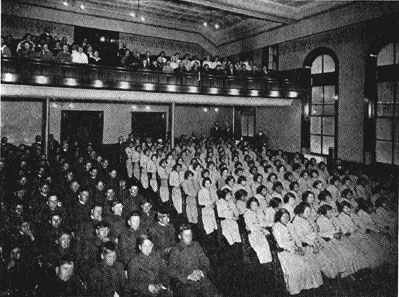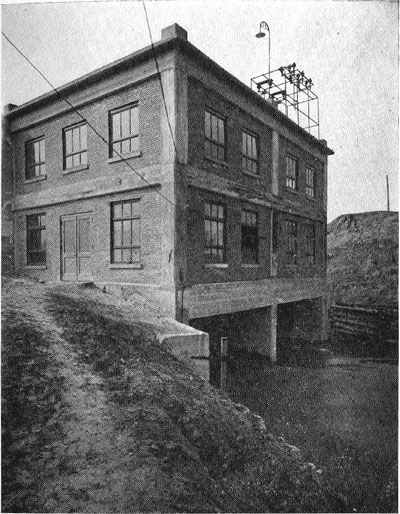![]()

Indian Boys and Girls at Genoa, Nebr., Institute month. A slight increase is manifested in March, but the spring rains begin in April, when from two to three inches is the normal for most parts of the state. |
![]()
The rainfall for the crop season, April to August inclusive, for the state as a whole, averages 16.18 inches. It exceeds 20 inches along most of the Missouri valley and decreases rather regularly to a little more than 10 inches along the Wyoming border. By ALICE FLORER, Deputy Superintendent Nebraska is comparatively a young state, but has made rapid progress along educational lines. The Rural School problem is one of greatest interest and is now demanding the attention of a thinking and economical people. There is nothing too good for the rural child. The countryman is ready to meet all possible legitimate expense, and the good work and feeling is manifest on every hand. The state department of education is doing everything it can for Consolidation - the Rural High School, the Combination School, and the One-Room School. Not only the physical conditions, such as sanitary school buildings, well-kept grounds, provided with necessary amusement - equipments are emphasized - but the character, school efficiency and inspirational activities of the teachers are receiving the most careful consideration from this department. Our people are getting together and are rapidly solving the Rural School question and the time is not far distant when Nebraska will be able to place at the door of every country boy and girl a splendid, advanced educational opportunity. |
![]()
 |
 |
 |
© 2002 for the NEGenWeb Project by Pam Rietsch, Ted & Carole Miller
